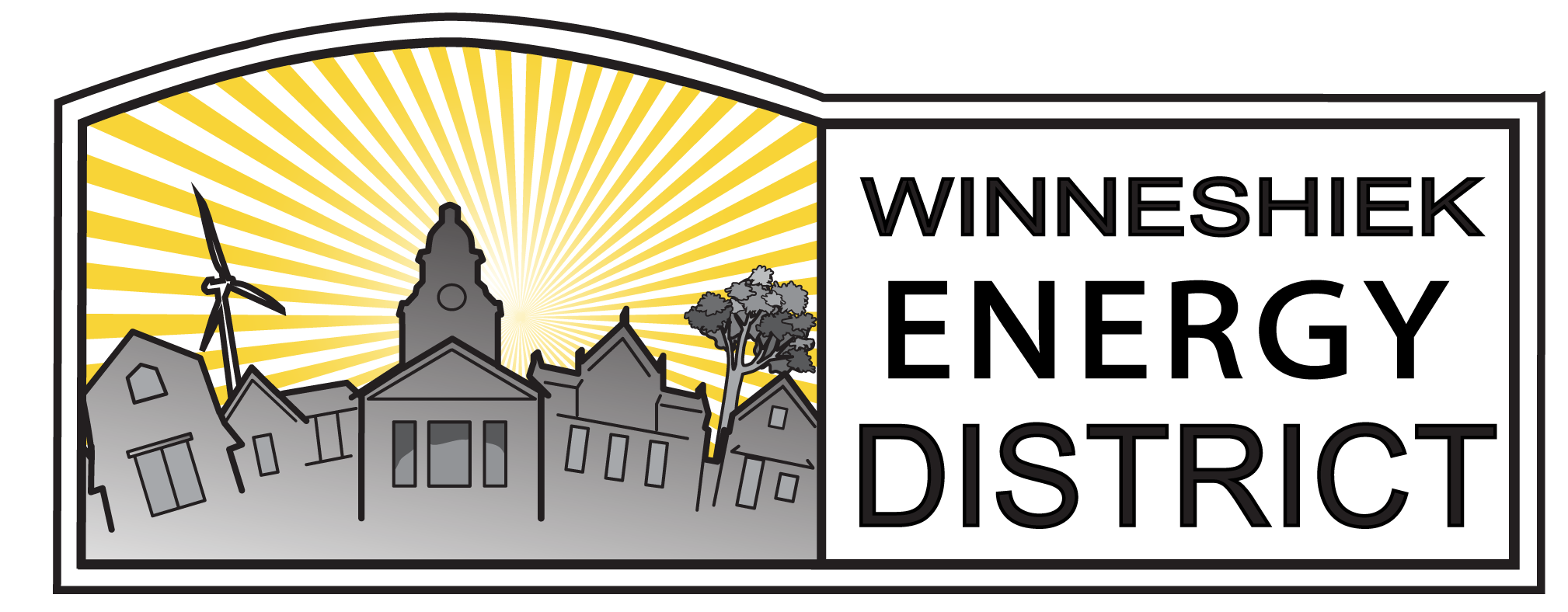Farm Energy Expert Shares Ideas on Efficiency, Renewables
Earlier month WED Energy Planner Joel Zook met up with journalist Pam Reinig of the Clayton County Register to talk about farm energy:
PR: How many farm energy plans have you conducted?
JZ: I’ve done about 20 Farm Energy Plans myself, start to finish. But the energy District has helped over 60 farmers complete Farm Energy Plans. I came on midway through the Energy District’s farm program and have helped coordinate with all the farmer’s the Energy District has been involved with. Before I started at the Energy District we coordinated with a Wisconsin provider to do the farm energy plans. I was hired, in part, to be able to bring that capability in-house.
PR: What have been some of the most revealing findings both for you and the farmers you assist?
JZ: The savings potential really is out there. And there are programs available to help cover the cost of both an energy assessment and the energy improvements themselves. It can take some to make sure you are taking full advantage of all the available incentives, but it’s worthwhile.
PR: What are the top two or three things farmers can do to manage energy expenses?
JZ: Lighting is almost always the most cost-effective upgrade to make on all farms. LEDs are a fraction of the price they were a few years ago and the energy saving potential is huge.
Any heated buildings that are more than 10 years old should consider increasing their insulation levels and looking at their heating equipment.
Dairy farms are the most complicated, from an energy standpoint, but probably have the largest savings potential of any type of farm. Milk handling, milk cooling, and water heating take a lot of energy. Dairy farms can benefit greatly from installing a plate cooler to cool milk, a Refrigeration Heat Recovery (or Free Heater) to capture waste heat from compressors to preheat water, and adding variable speed controllers to milk transfer and vacuum pumps.
I get lots of inquiries about upgrading grain dryers, but it’s probably only the older dryers that are cost-effective to upgrade.
PR: What are a few renewable opportunities?
JZ: Solar is a great option for almost any farm. I always recommend that farmers consider any energy efficiency upgrades first. Many energy efficiency upgrades will have a better return on investment than solar, so it’s good to make sure you complete any of those projects first. It’s also helpful to size your solar system to your new energy needs after energy efficiency upgrades are made, or at least planned.
One thing to keep in mind is that the 30% Federal Tax Credit for solar looks secure but is set to phase out. It will remain in full effect for all systems installed before the end of 2019. The federal tax credit drops to 26% for systems installed in 2020 and 22% for systems installed in 2021. There is currently an Iowa State Credit for solar at 15% of system cost, but its future is less certain. There have been talks the past two years about eliminating it. The current Iowa Senate tax bill would remove the Iowa Solar tax credit for systems installed after June 1st, 2018.
If you have considered installing solar before, I’d recommend taking a hard look at it now while tax credits are still in place.
PR: Anything else you’d like to add?
JZ: Talk with your local NRCS office. Utility programs are great, but NRCS has very good incentives for Energy Efficiency work through their EQIP program. These incentives can be paired with utility incentives for even greater savings. There is also EQIP funding available to help with the cost of a Farm Energy Assessment. The assessments can be expensive, especially for more complicated farms, like a large dairy. The cost-share for the assessment can help make getting an energy assessment an easy choice.
